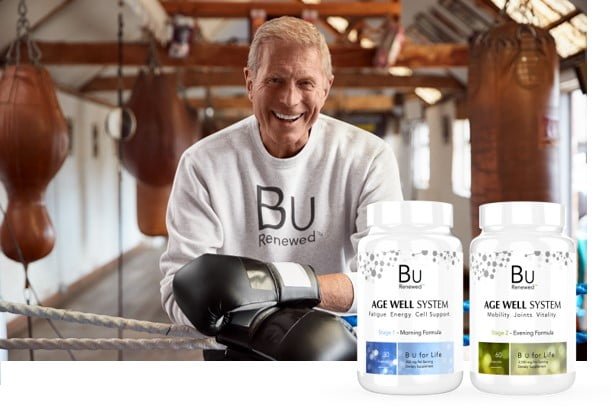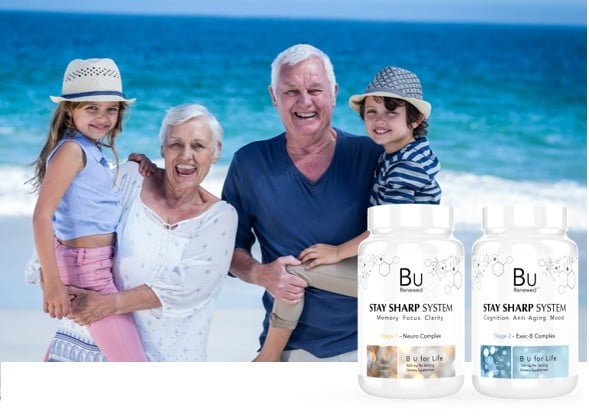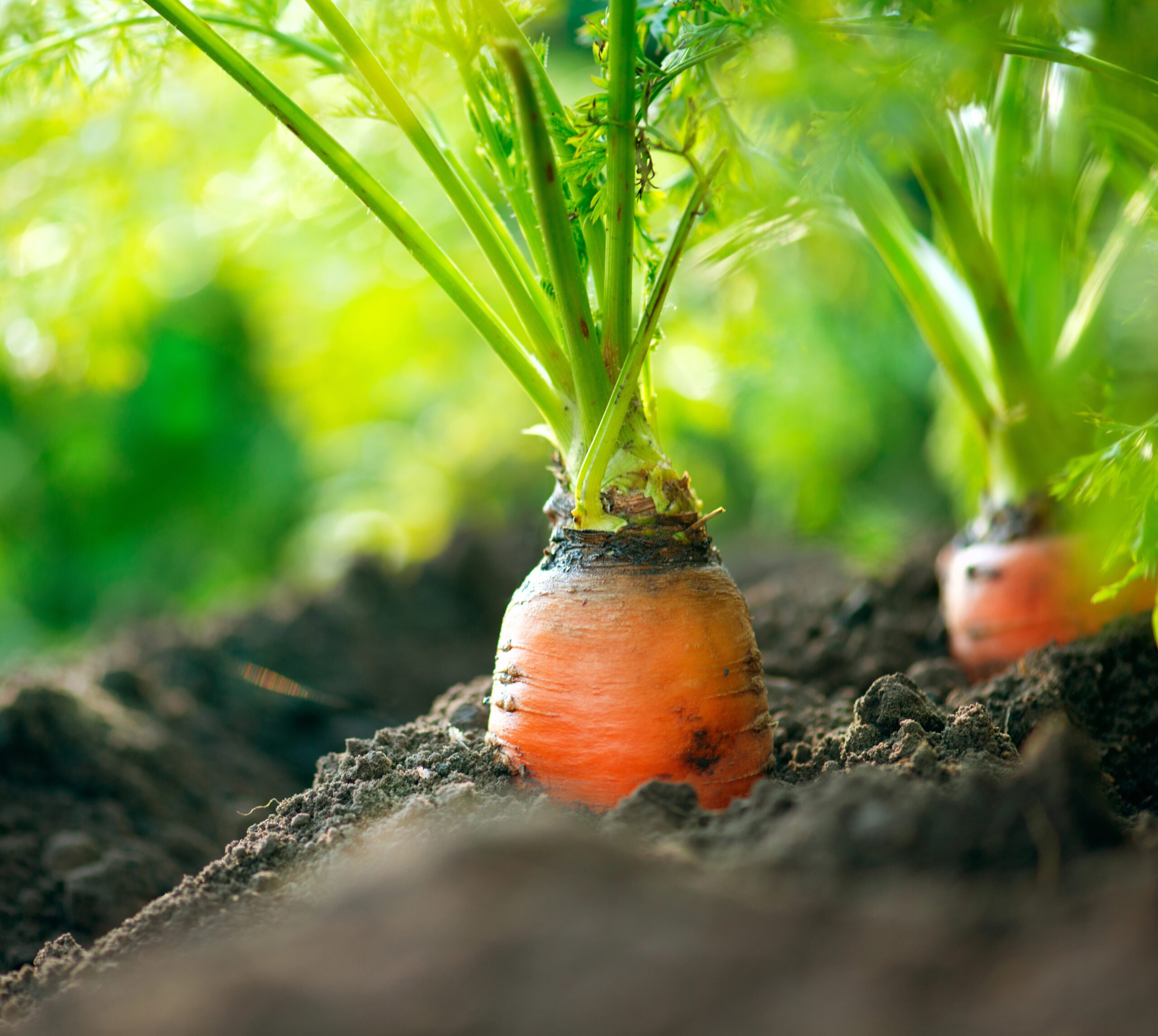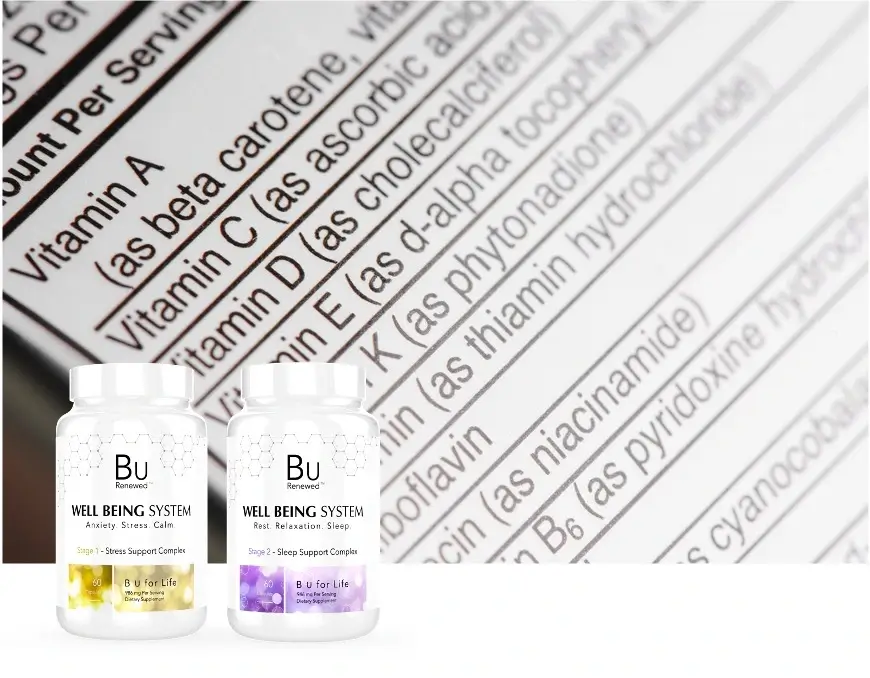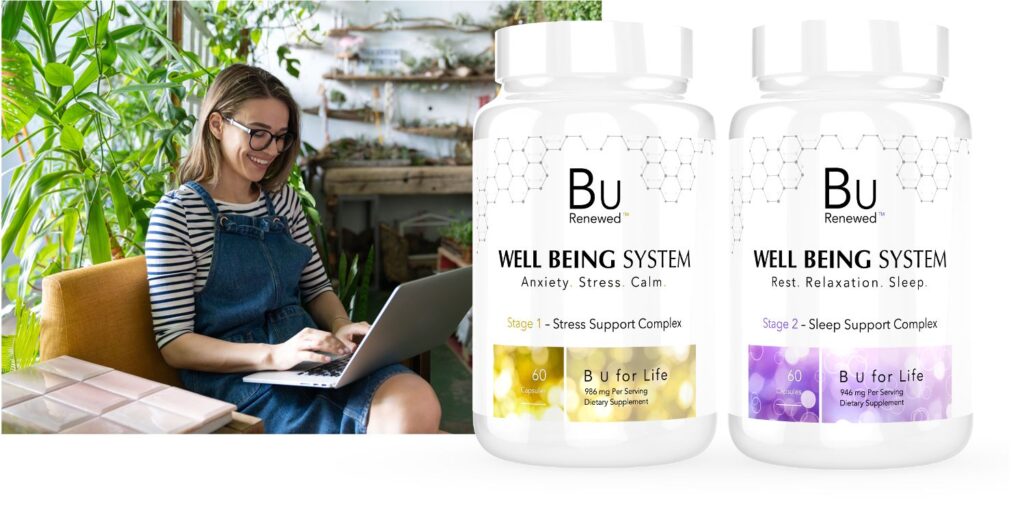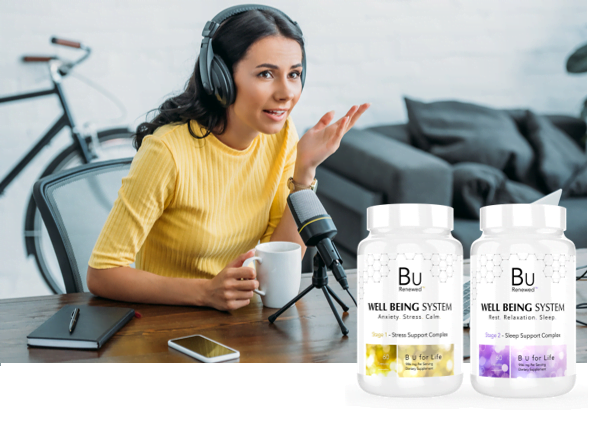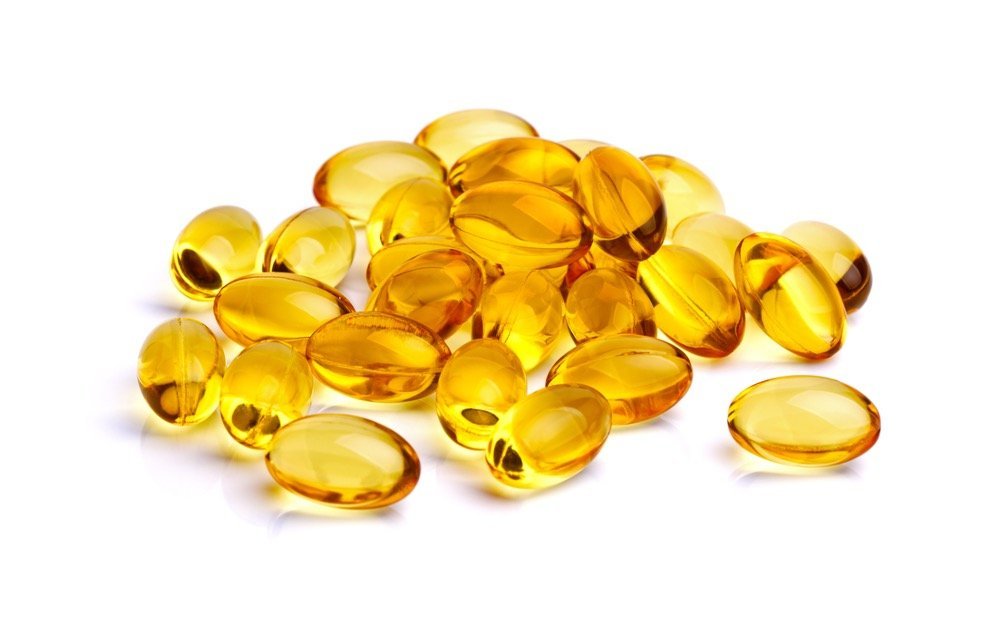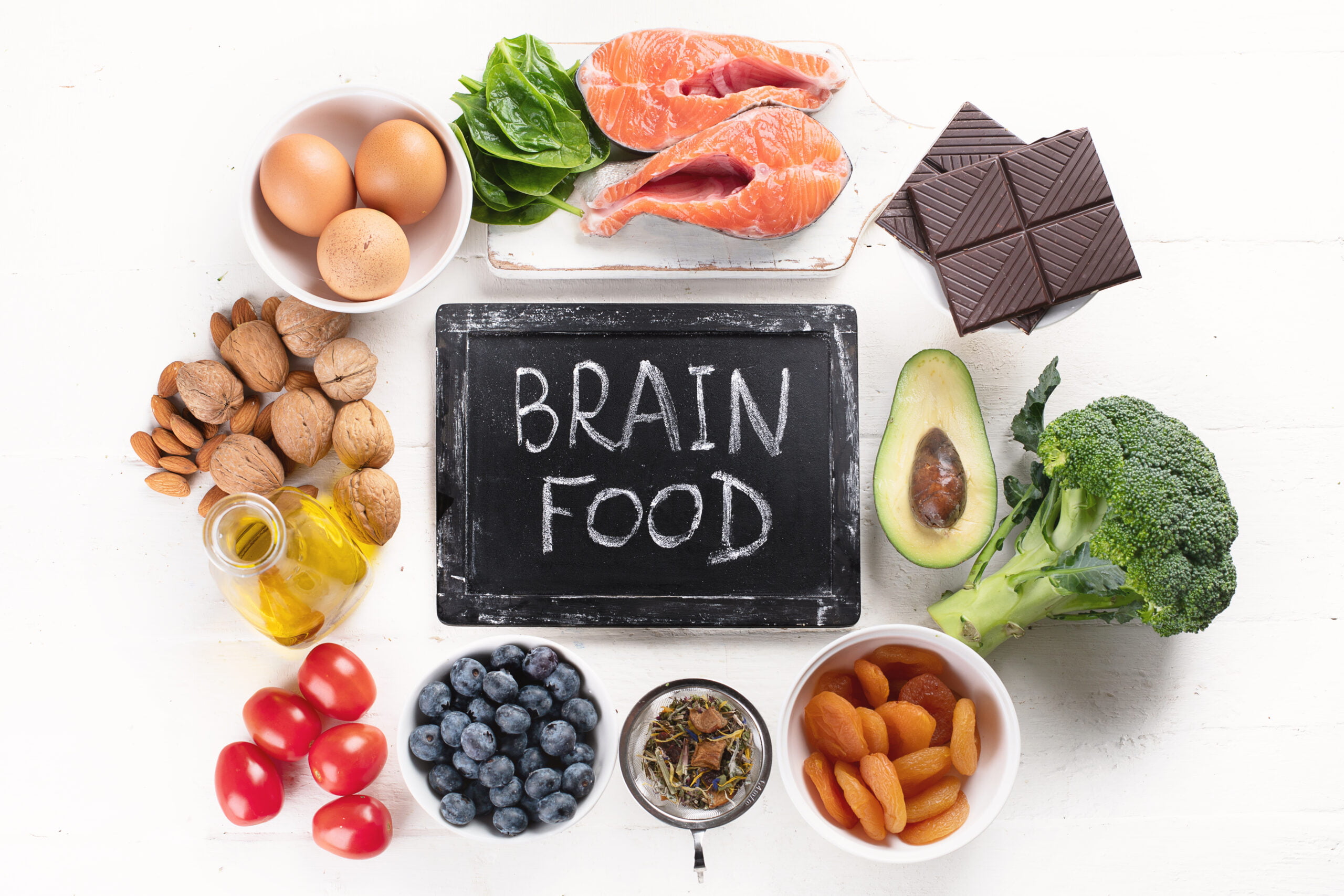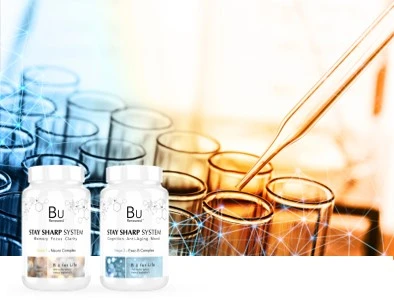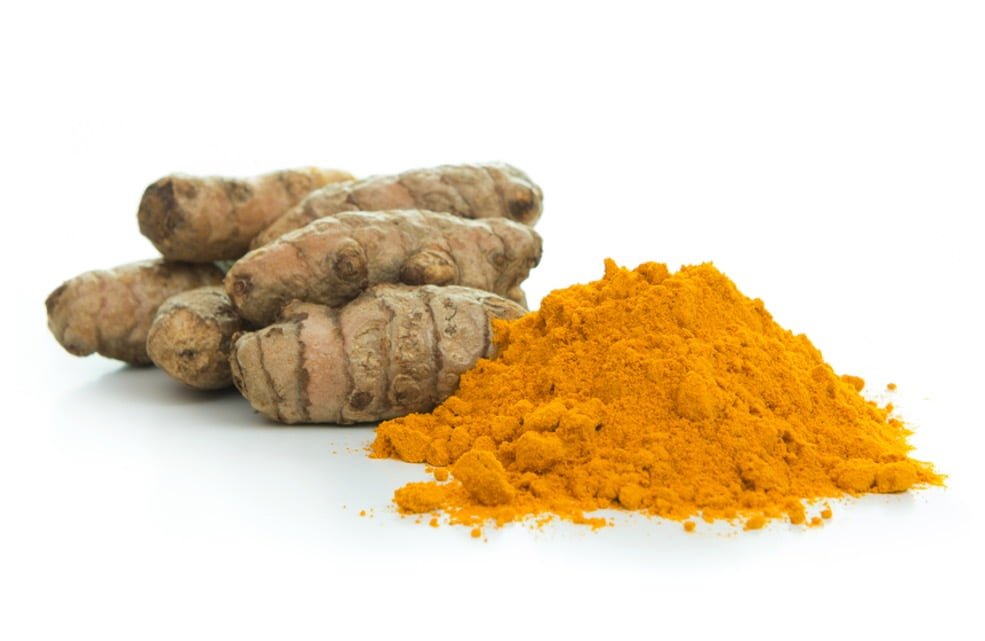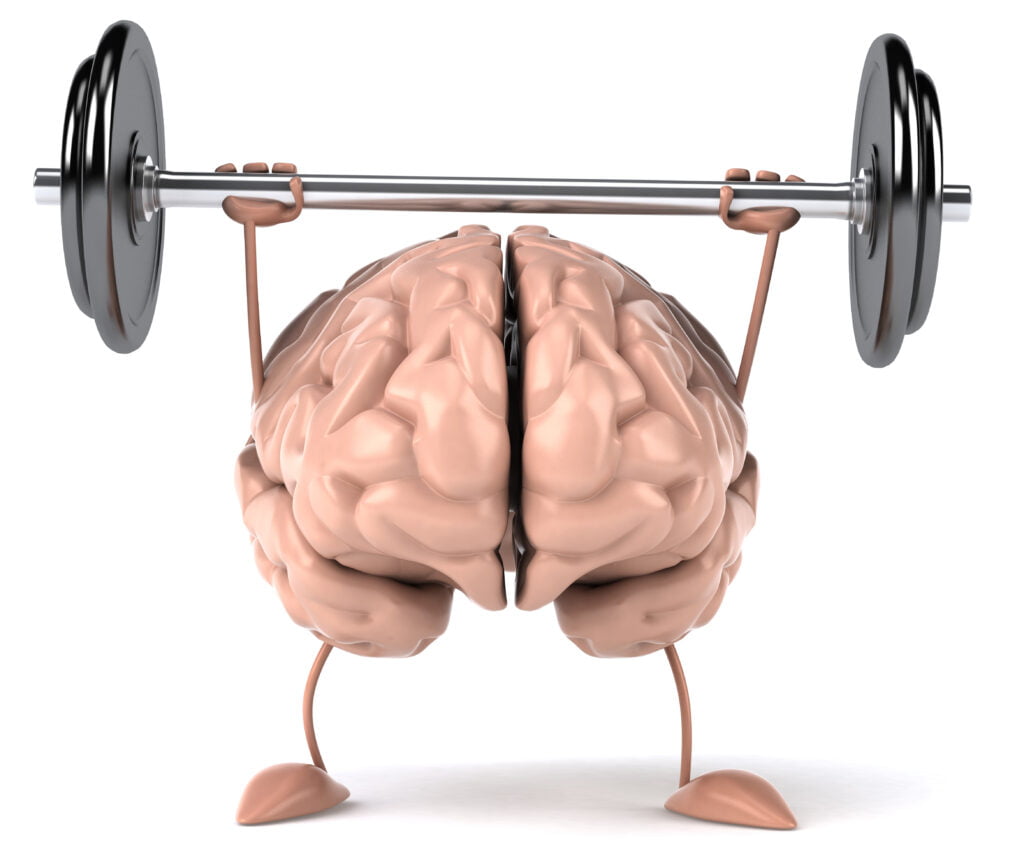Introduction
How persistence helps sharpen the brain is part of our daily thought patterns for many reasons.
Persistence, often hailed as the hallmark of success, stands as a beacon guiding individuals through life’s challenges and triumphs.
It is the unwavering determination to pursue goals despite obstacles and setbacks.
In every sphere of life, from personal endeavors to professional pursuits, persistence plays a pivotal role in shaping outcomes and fostering growth.
Significance of Persistence in Brain Sharpening
In addition to its immediate implications, persistence holds profound significance in sharpening the brain and enhancing cognitive functions. The Stay Sharp System is a comprehensive approach to promoting mental acuity and vitality.
It recognizes the pivotal role of persistence in achieving cognitive excellence.
Understanding Persistence and Its Benefits
Defining Persistence
Persistence is the unwavering commitment and determination to continue striving towards a goal despite obstacles, setbacks, or failures.
It involves maintaining focus, resilience, and perseverance in the face of adversity, and refusing to be deterred by challenges along the way.
Role in Achieving Goals
How persistence helps sharpen the brain is crucial.
It aids in achieving goals by providing the motivation and drive needed to overcome obstacles and setbacks.
It allows individuals to maintain momentum and progress towards their objectives, even when faced with difficulties or setbacks.
By persistently pursuing your goals, individuals can stay focused and determined, increasing your likelihood of success in the long run.
Role in Overcoming Challenges
In addition to goal achievement, persistence is instrumental in overcoming challenges and adversity.
It enables individuals to maintain a positive mindset and approach setbacks as opportunities for growth and learning.
Persistent individuals do not give up in the face of difficulties.
Instead, they persevere, adapt, and find alternative solutions to overcome obstacles and move forward towards their objectives.
Exploring How Persistence Fosters Focus, Clarity, and Determination
When we explore how persistence fosters focus, clarity, and determination, we discover the remarkable power of unwavering commitment.
This commitment shapes our cognitive abilities and propels us towards success.
Psychological Benefits of Persistence
Persistent individuals demonstrate elevated levels of focus and clarity of thought.
This enables them to sustain attention on their goals even in the presence of distractions or challenges.
This enhanced focus enables them to prioritize tasks effectively, manage time efficiently, and make sound decisions in pursuit of their objectives.
Furthermore, persistence cultivates a sense of determination and resilience in individuals, empowering them to persevere through adversity and setbacks.
Persistent people are really good at overcoming problems.
They achieve success by staying positive and not letting obstacles bring them down.

Physiological Benefits of Persistence on Brain Health
The psychological benefits of persistence extend to tangible physiological effects on brain health.
Research indicates that consistently participating in mentally stimulating activities, such as problem-solving, learning, and pursuing goals, promotes neuroplasticity.
Neuroplasticity refers to the brain’s capacity to reorganize and establish new neural connections.
Moreover, persistent individuals may encounter lower levels of stress and anxiety.
This is because their proactive approach to dealing with challenges and setbacks.
It also helps alleviate the negative effects of stress hormones on brain function.
Persistent individuals can keep their brains healthy and thinking well by handling stress well and staying positive.
The Stay Sharp System and Its Approach to Brain Health:
How persistence helps sharpen the brain
The Stay Sharp System is a way to keep your brain healthy by working hard to improve your thinking and mental health.
It’s all about being persistent and staying focused to keep your brain sharp.
The Stay Sharp System is a way to keep your brain healthy by working hard to improve your thinking and mental health.
It’s all about being persistent and staying focused to keep your brain sharp.
The Holistic Approach
The Stay Sharp System understands that many things can affect how well your brain works.
These include what you eat, how active you are, how much you use your brain.
It is also include how you manage stress, and how much time you spend with other people.
The Stay Sharp System promotes brain health and cognitive vitality throughout life by addressing these interconnected aspects of lifestyle.
Explore more on The Stay Sharp System here https://burenewed.com/product/stay-sharp-system/
Promoting Cognitive Function
The Stay Sharp System aims to enhance cognitive function across multiple domains.
These include memory, attention, executive function, and problem-solving skills.
It achieves this through targeted strategies and interventions.
The system empowers individuals to proactively manage their brain health and maximize cognitive potential.
It achieves this by incorporating evidence-based practices and personalized approaches.
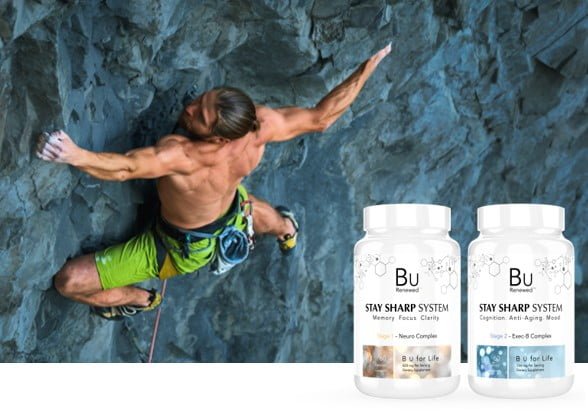
The Role of Persistence
Persistence serves as a cornerstone of the Stay Sharp System’s approach to brain health.
It fosters the focus, determination, and resilience required to navigate cognitive challenges and achieve cognitive goals.
That is how persistence helps sharpen the brain.
By consistently engaging in mentally stimulating activities, individuals can sharpen their brains.
Maintaining healthy lifestyle habits also contributes to optimizing cognitive function.
Additionally, cultivating a positive mindset plays a crucial role in this process. Over time, these efforts lead to enhanced cognitive function.
This is how persistence helps sharpen the brain.
Aligning Persistence with the Principles of the Stay Sharp System
Persistence serves as a fundamental pillar within the framework of the Stay Sharp System, aligning closely with its core principles and values.
The Stay Sharp System advocates for the proactive management of brain health through targeted interventions and lifestyle modifications.
Check out how this 20 foods can help you to stay sharp https://burenewed.com/20-brain-foods-elevate-cognitive-function-with-smart-nutrition/
The Power of Persistence
Embracing Challenges
Incorporating persistence into one’s approach to brain health involves embracing challenges as opportunities for growth and learning.
Persistent individuals view setbacks as temporary obstacles to be overcome rather than insurmountable barriers.
They maintain a positive mindset and persevere in their efforts to optimize cognitive function, even in the face of adversity.
Consistency and Commitment
Persistence also underscores the importance of consistency and long-term commitment in promoting brain health.
It is not merely about making temporary changes but rather adopting sustainable habits and practices that support cognitive wellness over time.
Persistent individuals prioritize their brain health as a lifelong endeavor, consistently engaging in activities and behaviors that nurture cognitive vitality.
Persistence and Focus
Persistence plays a crucial role in enhancing focus and concentration.
It enables individuals to maintain attention on their goals and tasks despite distractions or challenges.
Here’s how persistence contributes to sharpening focus and concentration:
1. Overcoming Distractions:
Persistent individuals exhibit the ability to resist distractions and stay focused on their objectives.
They maintain a single-minded determination to pursue their goals, even in the face of competing demands or temptations.
By prioritizing their goals and staying committed to them, persistent individuals minimize distractions and optimize their focus.
2. Resilience in the Face of Challenges:
Persistence fosters resilience, allowing individuals to persevere through challenges and setbacks without losing sight of their objectives.
Persistent individuals define clear goals and break them down into actionable steps.
This approach eliminates ambiguity and maintains clarity of purpose. As a result, sustained focus and concentration are facilitated.
This resilience enables them to navigate through distractions and maintain concentration on the task at hand.
3. Goal Clarity and Alignment:
Persistent individuals possess a clear understanding of their goals and priorities.
This clarity enables them to direct their focus and concentration towards activities that align with their objectives.
- Consistent Effort and Practice:
Persistence involves consistent effort and practice over time, which leads to improvements in focus and concentration.
Like a muscle that grows stronger with exercise, the ability to focus can be developed and enhanced through persistent practice.
Still wondering how persistence help sharpens the brain?
Persistent individuals regularly engage in activities that demand focused attention.
Examples include meditation, mindfulness practices, or deep work sessions.
Through these activities, they train their minds to sustain concentration for longer periods.
5. Adaptability and Flexibility:
Persistence is not synonymous with rigid adherence to a single course of action.
Instead, persistent individuals demonstrate adaptability and flexibility in adjusting their approach to maintain focus and concentration in changing circumstances.
They recognize when adjustments are necessary and are willing to experiment with different strategies to optimize their productivity and performance.
Strategies for Developing and Maintaining Persistence to Improve Focus and Attention Span
Developing and maintaining persistence is essential for improving focus and attention span, ultimately leading to greater productivity and success.
Here are some effective strategies to cultivate persistence and enhance focus:
1. Set Clear and Achievable Goals:
Establish clear and specific goals that are attainable and aligned with your values and aspirations.
Break down larger goals into smaller, manageable tasks, and create a plan outlining the steps needed to achieve them.
Having a clear sense of direction and purpose will help maintain motivation and focus.
2. Cultivate a Growth Mindset:
Adopt a growth mindset that views challenges and setbacks as opportunities for learning and growth rather than obstacles to success.
Embrace the concept of “yet,” recognizing that persistence and effort can lead to improvement and mastery over time.
3. Practice Self-Discipline:
Develop self-discipline by establishing routines and habits that support your goals.
Set aside dedicated time for focused work or study, and eliminate distractions by creating a conducive environment free from interruptions.
Use techniques such as the Pomodoro Technique or time-blocking to structure your time effectively and maintain focus.
4. Stay Resilient in the Face of Setbacks:
Expect setbacks and obstacles along the way, and cultivate resilience to overcome them.
When faced with challenges, remind yourself of your long-term goals and the reasons why you started.
Focus on solutions rather than dwelling on problems, and learn from mistakes to adapt and improve your approach.
5. Practice Mindfulness and Meditation:
Incorporate mindfulness and meditation practices into your daily routine to improve focus and attention span.
Mindfulness exercises, such as mindful breathing or body scan meditation, can help train your mind to stay present and focused on the task at hand.
Regular meditation sessions can also promote relaxation and mental clarity, enhancing cognitive function and persistence.
Read how to effectively practice mindfulness here: https://burenewed.com/practicing-mindfulness-for-your-health/
Persistence and Desire:
Fueling Motivation and Overcoming Obstacles
Persistence’s Role in Motivation:
Persistence serves as the driving force behind motivation and desire to achieve goals.
When individuals possess a strong sense of persistence, they demonstrate unwavering commitment and determination to pursue their aspirations.
This dedication remains steadfast even in the face of challenges or setbacks.
This persistent pursuit of goals fuels motivation, keeping individuals focused and driven to overcome obstacles and achieve success.
That is how persistence helps sharpen the brain.
Overcoming Obstacles with Persistence:
Persistence is essential for overcoming obstacles and setbacks encountered along the path to achieving goals.
When faced with challenges, persistent individuals maintain a positive mindset and refuse to be deterred by adversity.
When obstacles arise, they don’t give up. Instead, they persistently seek solutions.
They adapt their approach and persevere until they achieve their desired outcomes.

Tips for Maintaining Persistence:
Set Clear and Meaningful Goals:
Define clear and meaningful goals that resonate with your values and aspirations.
Having a clear sense of purpose will fuel your persistence and keep you motivated to overcome obstacles.
Develop Resilience:
Cultivate resilience by viewing setbacks as opportunities for growth rather than failures.
Learn from your mistakes, adapt your strategies, and keep moving forward with determination.
Stay Focused on Progress:
Focus on the progress you’ve made rather than dwelling on setbacks or challenges.
Celebrate small victories along the way to maintain momentum and reinforce your persistence.
Seek Support and Accountability:
Surround yourself with a supportive network of friends, family, or mentors who can provide encouragement, guidance, and accountability.
Sharing your goals with others can help you stay committed and motivated to persist in the face of challenges.
Practice Self-Compassion:
Be kind to yourself and practice self-compassion during challenging times.
Acknowledge your efforts and progress, and treat yourself with patience and understanding when facing setbacks.
Visualize Success:
Visualize yourself achieving your goals and experiencing the fulfillment that comes with success.
Use visualization techniques to maintain a positive mindset and reinforce your persistence in pursuing your aspirations.
Conclusion:
How persistence helps sharpen the brain has been examined by many studies.
It emerged as a vital catalyst in sharpening the brain and enhancing cognitive functions.
Persistence fosters resilience in the face of challenges, cultivates clarity of purpose, and sustains momentum towards cognitive excellence.
It is imperative for you to recognize and embrace persistence as a key factor in achieving mental acuity and vitality.
To further explore strategies for staying sharp as we age, visit the Mayo Clinic’s resource on Healthy Aging https://www.mayoclinic.org/healthy-lifestyle/healthy-aging/in-depth/brain-health-tips/art-20555198



